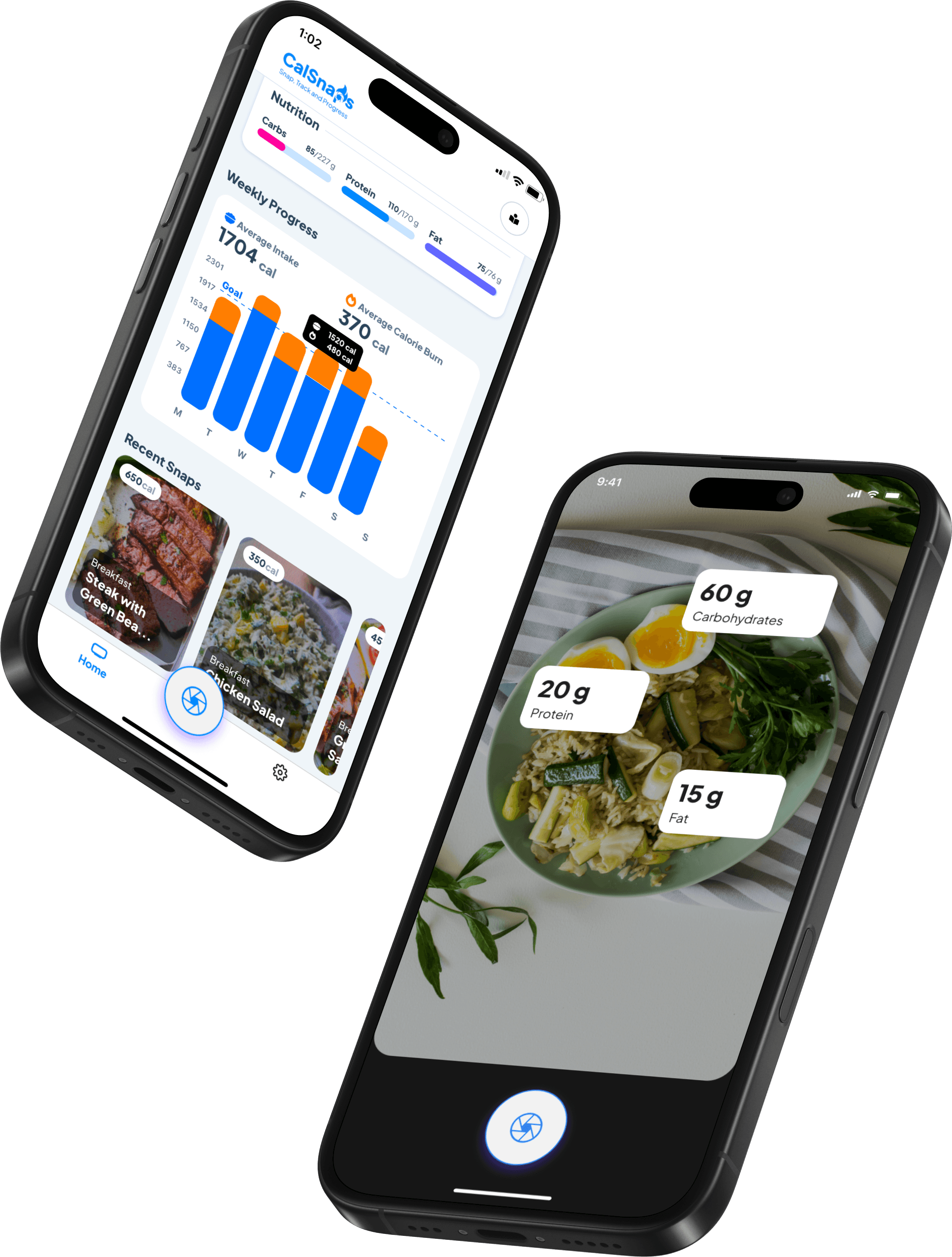Why Healthy Foods Might Be Messing Up Your Goals and How To Fix It
Jan 13, 2025
Eating healthy is hard enough without worrying that the foods you’re choosing might be working against you. It’s frustrating, right? You stock up on “low-fat” snacks, “sugar-free” drinks, or the trendiest “organic” treats, only to wonder why you’re not seeing results. Well, you’re not alone—marketing and misinformation often lead us astray.
Let’s break down why some “healthy” foods might be messing with your goals and how you can fix it without overcomplicating your life.
1. Healthy Labels Can Be Tricky
Ever grabbed something off the shelf just because it said “low-fat” or “organic”? Don’t worry; we’ve all been there. But here’s the thing: these labels can be misleading. Many low-fat products, for example, have extra sugar added to make up for the flavor lost when the fat is removed.
Did You Know? A study in The Lancet shows that diets high in added sugar are directly linked to weight gain and metabolic issues.
The Fix: Flip the package over and read the nutrition label. Look out for sneaky added sugars (anything ending in “-ose” like glucose or fructose) and check the ingredients list. The shorter and simpler it is, the better.
2. Portion Sizes Can Be Sneaky
Yes, nuts and avocados are amazing and packed with nutrients, but they’re also super calorie-dense. A handful of almonds? Great. Half the bag? Not so much.
Fun Fact: Research in the American Journal of Clinical Nutrition found that being mindful of portion sizes plays a huge role in successful weight management.
The Fix: Use measuring tools until you have a good sense of portions. For example, a serving of nuts is about a small handful or one ounce. You don’t need to count every almond—just be aware.
3. “Organic” and “Gluten-Free” Are Not Magic Words
Let’s be real—just because it says “organic” or “gluten-free” doesn’t mean it’s automatically healthy. Organic cookies are still cookies. Gluten-free chips? Still chips. It’s easy to fall into the trap of thinking these foods are better for you when, in reality, they can be just as processed and calorie-heavy.
Why This Happens: Experts call it the “health halo effect.” We see a buzzword and assume the food is better for us, even when it’s not.
The Fix: Instead of relying on buzzwords, look at the actual ingredients. A simple rule of thumb: if it’s highly processed or full of sugar, it’s not your best option—organic or not.
4. Smoothies and Juices Are a Mixed Bag
Smoothies and juices are the poster children of healthy eating, but they’re not always as innocent as they seem. A green juice from the store might be packed with added sugars, while even a homemade smoothie can pile on the calories if you’re not careful with portions.
Better Option: Whole fruits beat juices every time. Research from Harvard T.H. Chan School of Public Health found that eating whole fruits provides more fiber and keeps you full longer.
The Fix: Keep smoothies simple. Use whole fruits, veggies, and protein-rich add-ins like Greek yogurt or unsweetened almond milk. Skip the honey or syrup—they’re often unnecessary if your fruits are naturally sweet.
5. You Might Be Ignoring Your Hunger Cues
Here’s a wild idea—what if you just listened to your body? It sounds simple, but so many of us ignore hunger and fullness cues. We eat because it’s “time” or because there’s food in front of us, not because we’re actually hungry.
What Science Says: Mindful eating, according to the journal Appetite, helps people eat less and enjoy their meals more.
The Fix: Slow down during meals. Take smaller bites, chew thoroughly, and pause between bites to ask yourself, “Am I still hungry, or am I satisfied?” Trust your body—it’s pretty smart.
Let’s Keep It Simple
Eating healthy doesn’t have to feel like rocket science. The key is to avoid falling for flashy marketing, stick to real, whole foods when possible, and pay attention to what your body actually needs. You don’t need to be perfect—just intentional.
What’s your biggest struggle when it comes to healthy eating? Let’s chat about it in the comments.
Editorial Resources and Fact Check
The Lancet: Study on sugar intake and its impact on weight gain.
American Journal of Clinical Nutrition: Research on the importance of portion sizes.
Consumer Reports: Insights into the “health halo effect” of food marketing.
Harvard T.H. Chan School of Public Health: Benefits of whole fruits versus juices.
Check out our other blog posts
Why Weight Loss Feels Impossible Without Food Tracking and How AI Simplifies It
Jan 15, 2025
Why Healthy Foods Might Be Messing Up Your Goals and How To Fix It
Jan 13, 2025
Stretching Secrets That Prove Flexibility Is Key to Long-Term Fitness
Dec 9, 2024
Meal Prep Tips for Busy People Who Want to Stay Healthy
Jan 6, 2025
From Couch to Confident with a Realistic Plan to Start Exercising
Nov 29, 2024






